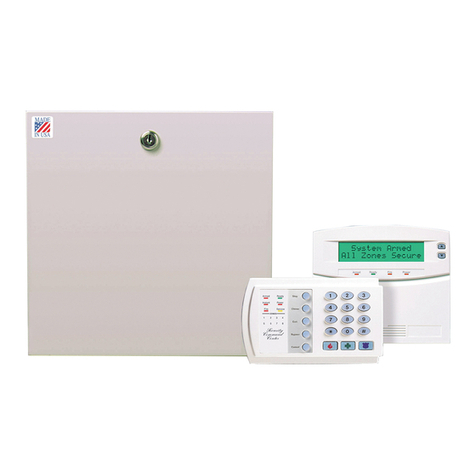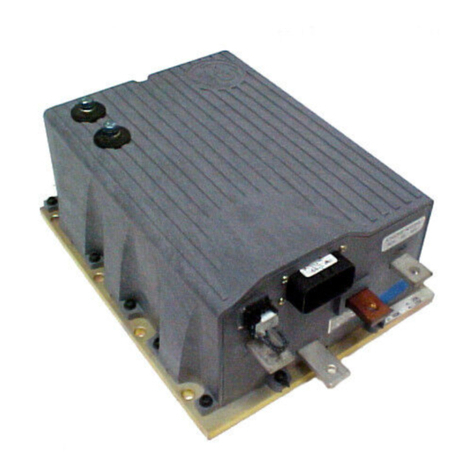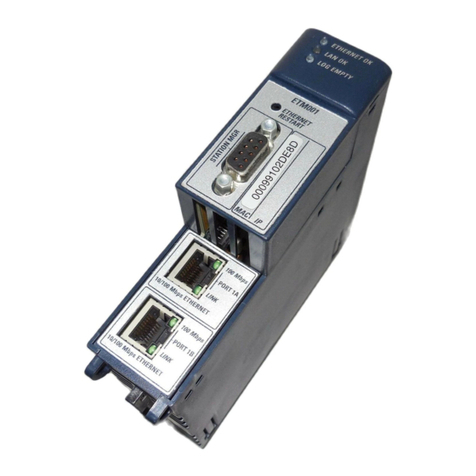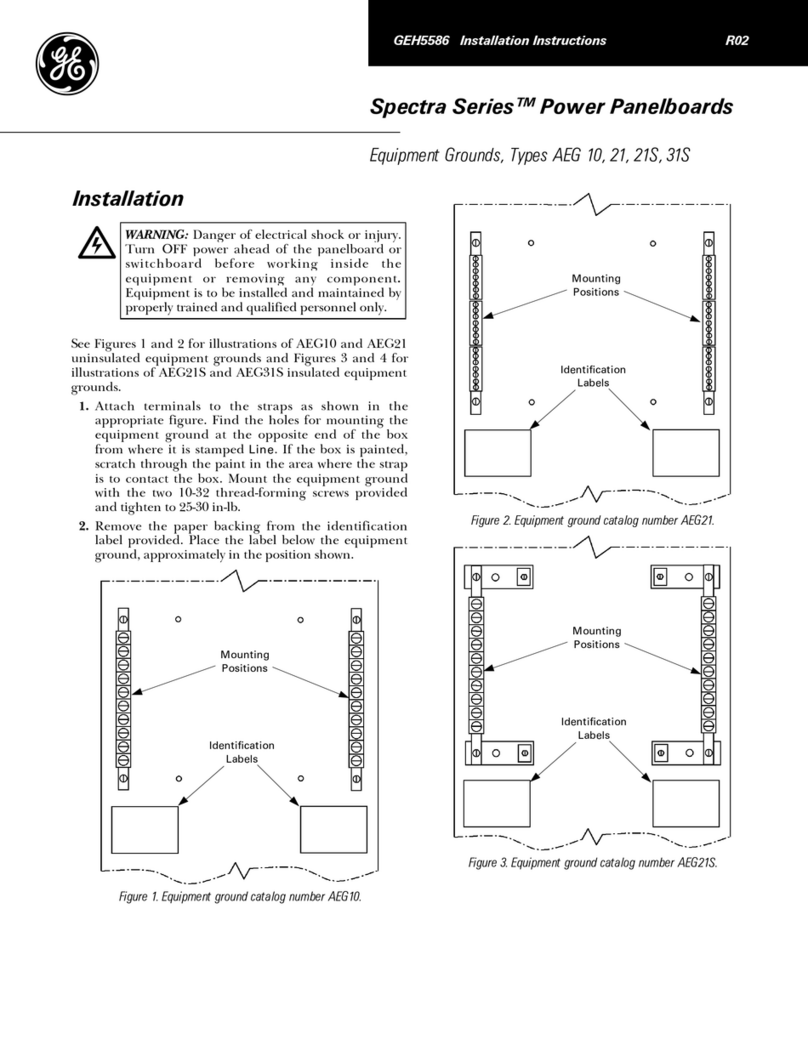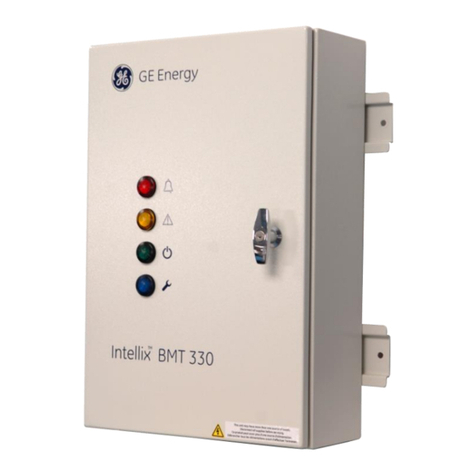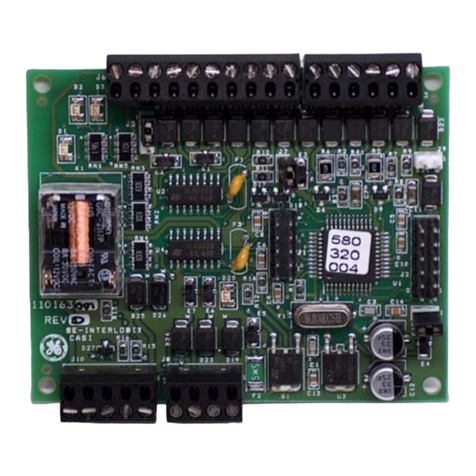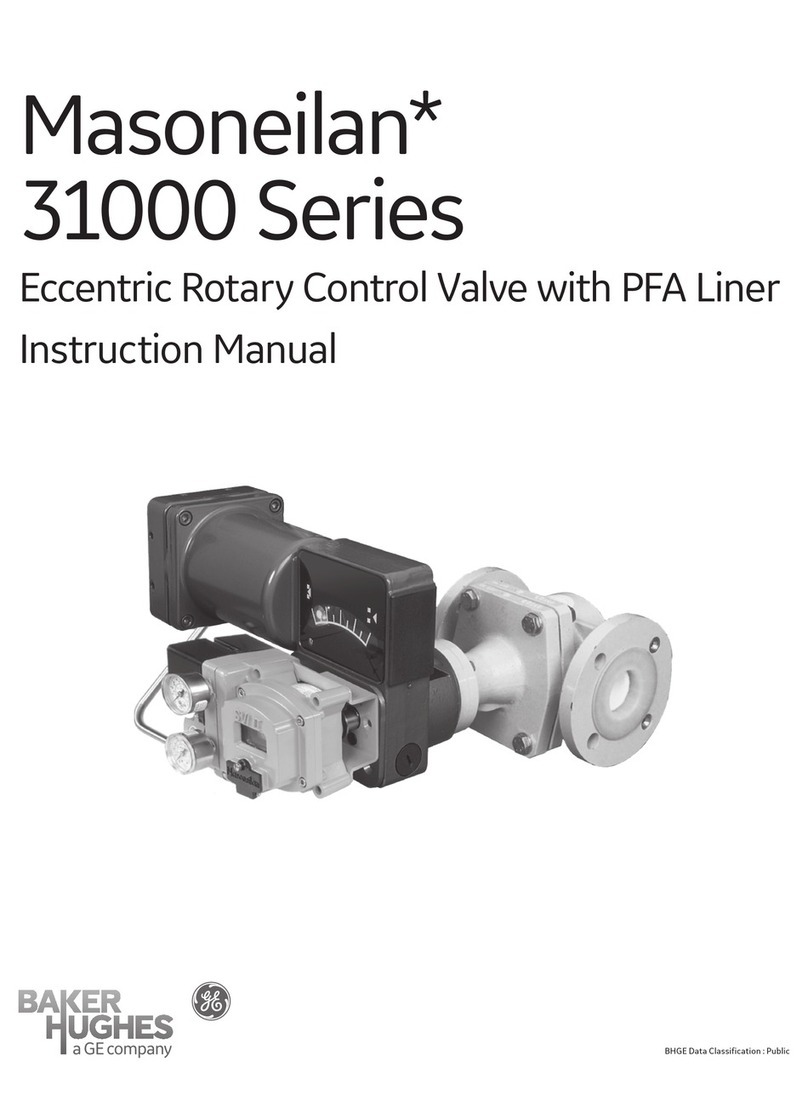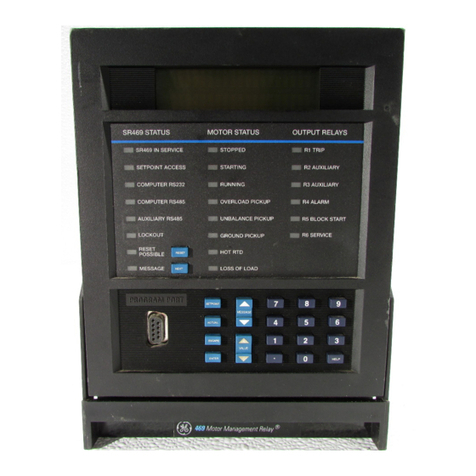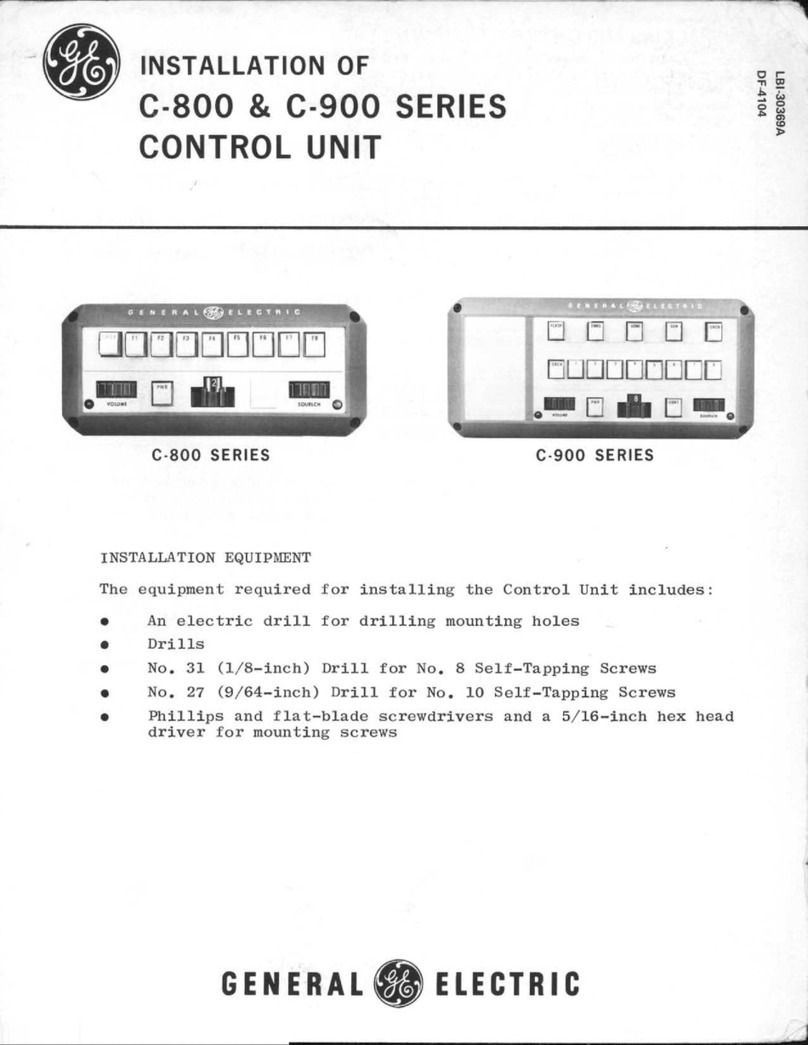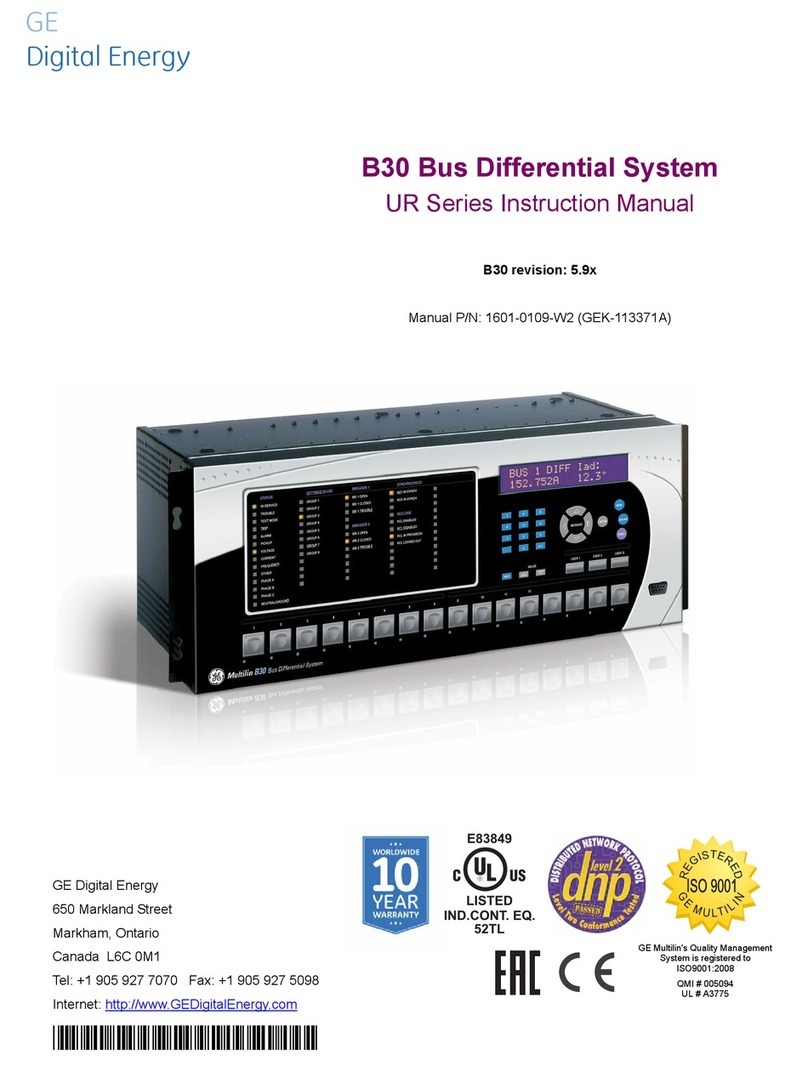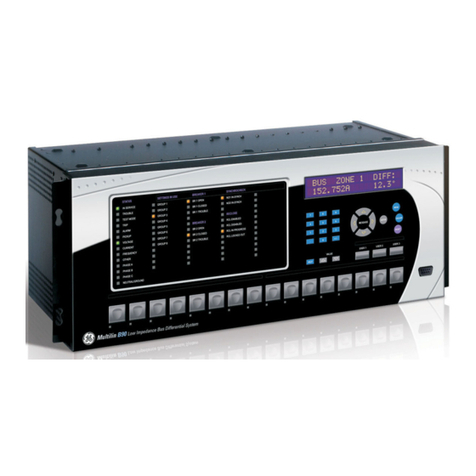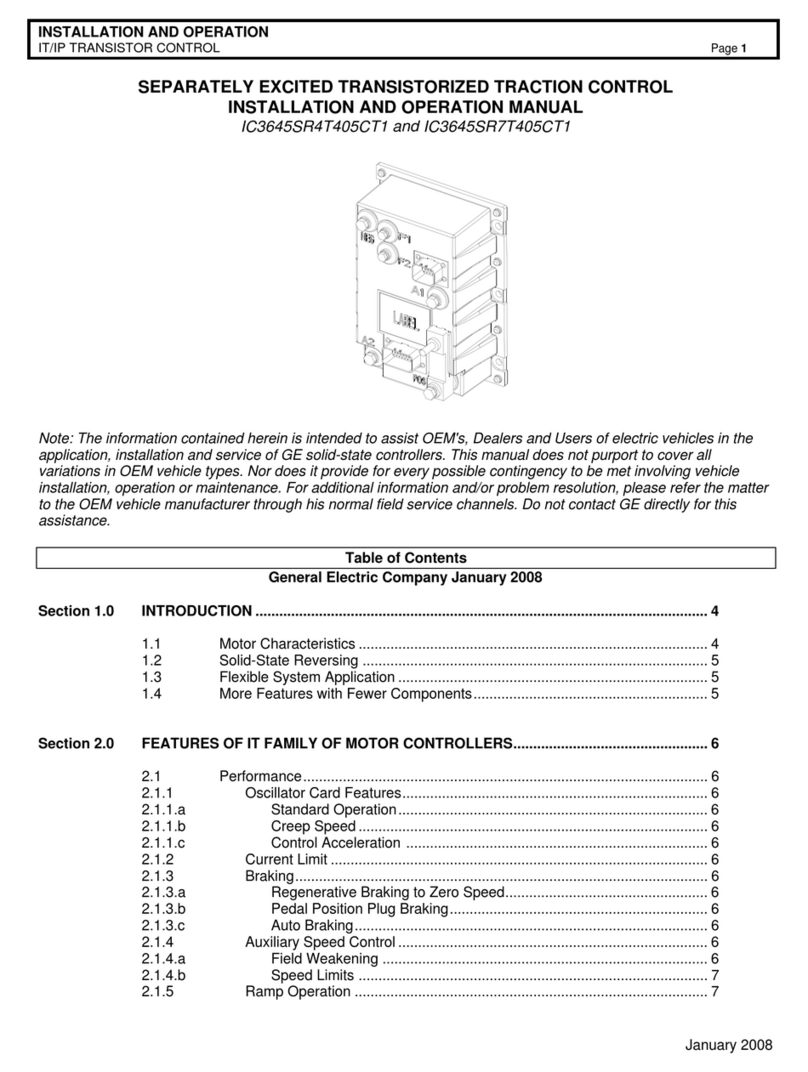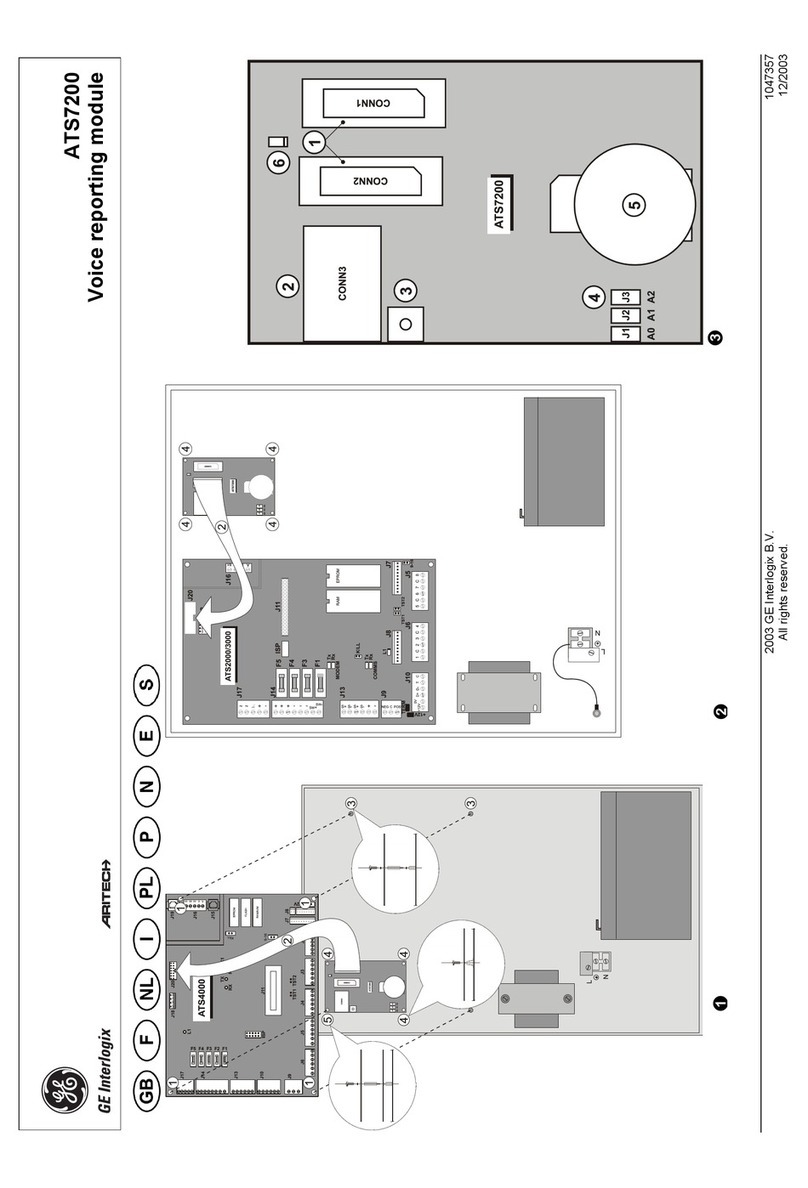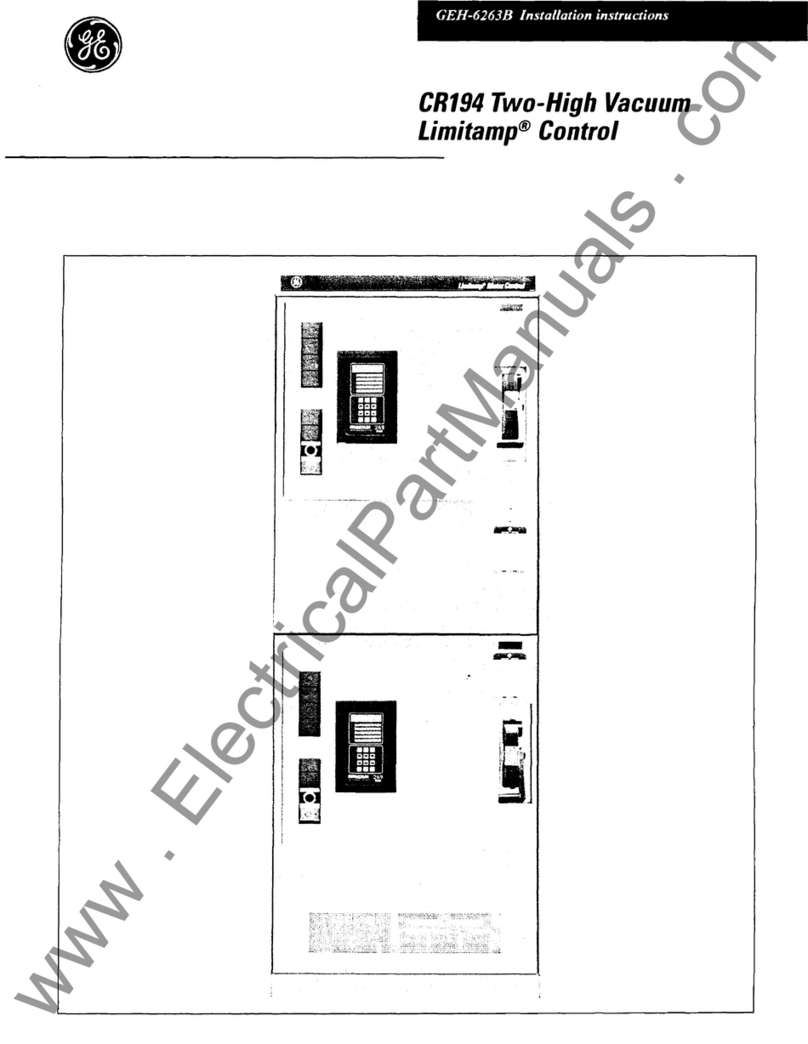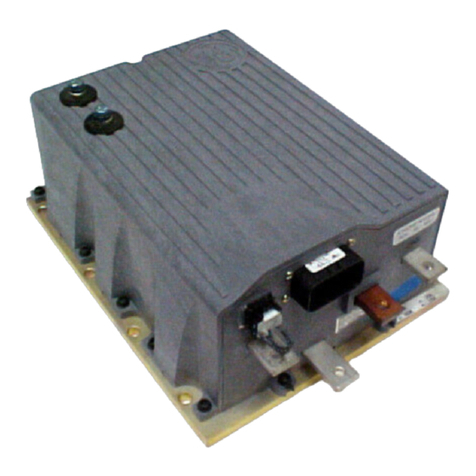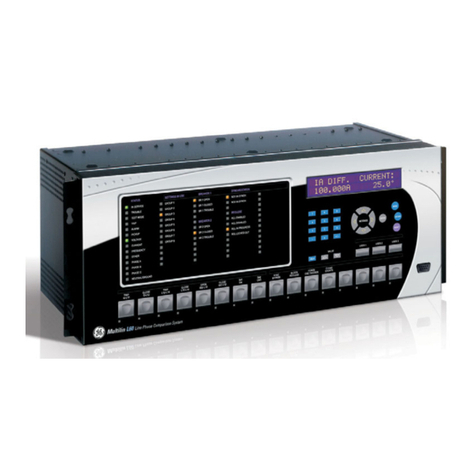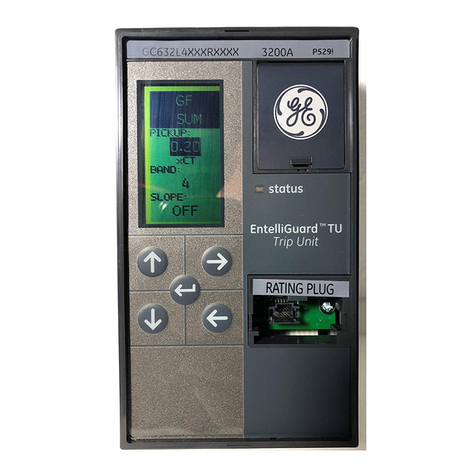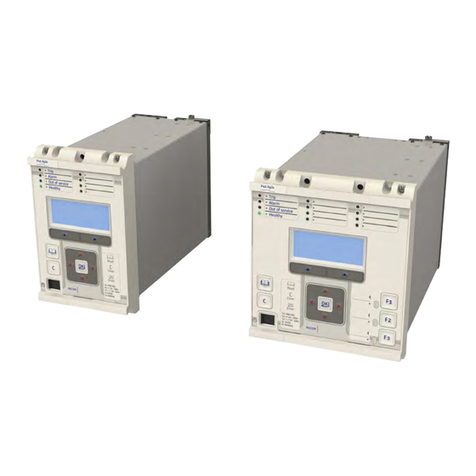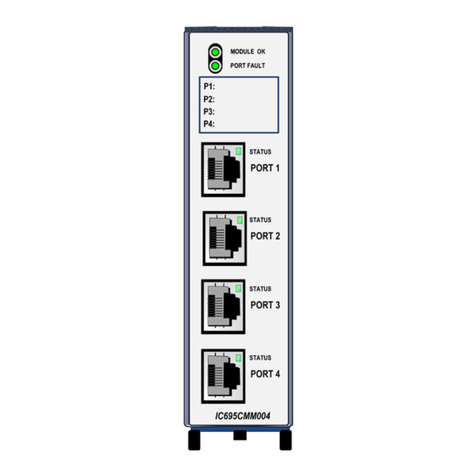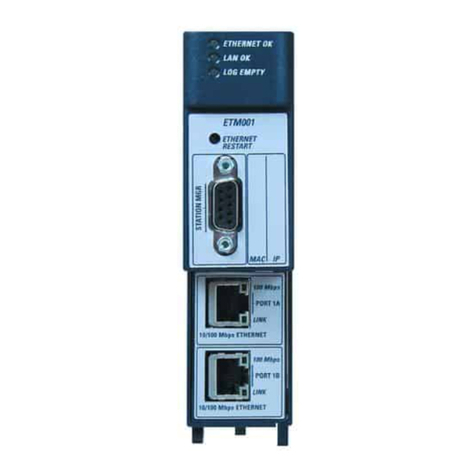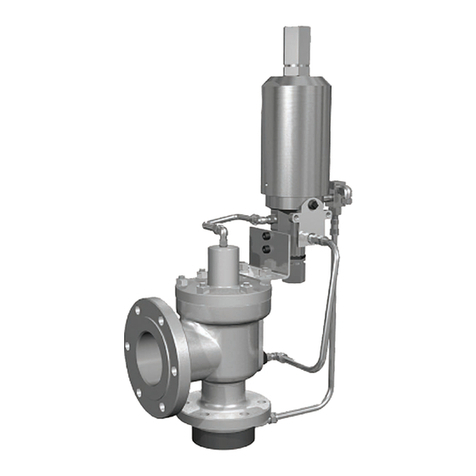
2 Safety
2.1 Intended use
The control valve S is used to control flow rates and pressures in automated
process plants.
The medium should preferably flow in the opening direction of the valve disk to
avoid pipe hammers when the valve is opened or closed.
Hint!
The manufacturer will not accept any liability for damage resulting
from any use of the valve which is not in accordance with the
designated use of the valve. The risk of such misuse lies entirely with
the operator of the facility.
2.1.1 Requirements for operation
The prerequisite for reliable and safe operation of the component is proper
transportation and storage as well as professional installation and assembly.
Operating the unit within the limits of its designated use also involves adhering to
the operating, inspection and maintenance instructions.
2.1.2 Pressure equipment directive
The component is a piece of pressure equipment (without safety function) in the
sense of the pressure equipment directive 2014/68/EU. Classified according to
Annex II in category 1.
According to the scope of directive 2014/34/EC, article 1, paragraph 2, f, the
exception of the directive applies, due to conformity with the machine directive
2006/42/EU.
The nominal diameters smaller than DN 25 are subject to article 4, paragraph 3
of the Pressure Equipment Directive which specifies sound engineering practice.
Nominal diameters ≥ IPS 4“; DN 125 valid for the fluid group II.
In the event of any deviations, GEA Tuchenhagen GmbH will supply a specific
Declaration of Conformity.
2.1.3 ATEX directive
In areas with an explosive atmosphere, only valves suitable for use in such areas
may be used.
Refer to and observe the additional operating instructions “ATEX version valves”.
For details regarding the marking of valves for potentially hazardous areas also
refer to the additional operating instructions “ATEX version valves”.
If these valves are used in areas with a potentially explosive atmosphere, you
must absolutely comply with directive 2014/34/EC with respect to all ignition
hazards.
2.1.4 Improper operating conditions
Safety
Intended use
430BAL011074EN_5
10 08.11.2021
